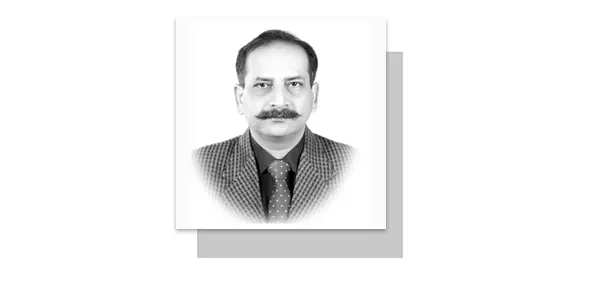What if the Sikhs get strong
THE first and foremost thing is to recognise and condemn 1984 anti-Sikh violence in India as genocide.” said Jasmeet Kaur Bains, introducing a resolution in the California State Assembly a few days back. Bains is a member of the California State Assembly for the 35th district. The resolution was passed unanimously and the most astonishing is the fact that the only other Hindu member of the Assembly Ash Kalra also voted in favour. The tale of conflict between the Hindu and the Sikh community in India is very strange. These two don’t have a hostility rather rivalry dating back to centuries though they have differences of point of view but of very trivial nature; the actual conflict started after the assassination of then prime Minister Indira Gandhion 31st October 1984. That assassination proved a turning point in the history of Hindu-Sikh relations in India.
‘The Christianity Today’ published a write up of Randy Frame on 14th December 1984. The writer said, “Decades-old violence there between Sikhs and Hindus reached new heights following the recent assassination of Prime Minister Indira Gandhi by two Sikh members of her bodyguard. Hundreds of Sikhs died and thousands were left homeless in the wave of Hindu vengeance that swept the country, particularly the state of Punjab where Sikhs constitute a majority. The violence tested once again the fragile democracy in a country that is home to some 2,000 ethno-religious communities.” Whatever happened after the assassination of Indira Gandhi, could be a reaction against that murder but it is also a very valid question; why the bodyguards did kill Indira Gandhi.
The Sikh community in India has been facing a severe situation of basic human rights violation since long. The Sikhs are humiliated, insulted and ridiculed everywhere socially and politically They are treated as third grade citizens rather slaves; their Gurdwaras are so many times demolished and they are always blamed of being involved in doing conspiracies against the country. Though this attitude of the extremist Hindus is same with the other minorities also including the Muslims and the Christians as well as with the low-caste Dalits but the Sikh community has to face worst of this inhuman behaviour as this community comprises of a very small number of members. Moreover this community is comparatively closer to the Muslim community. The Sikh consider Pakistan their second home as there are countless Sikh Gurdwaras; Pakistan takes care of them very well and provides all possible convenience to the Sikh ‘yatris’ visiting their Gurdwaras in Pakistan.
Indira Gandhi was frightened of the Sikh inclination towards Pakistan and was of the opinion that this kind behavior of Pakistan could strengthen the Indian Sikh community at some later stage as this community already had started demanding for an Independent Sikh state in the late 1970s and early 1980s.With the passage of time that movement for independence was getting more violent. Mrs. Gandhi was sure that the Sikhs could become a threat to the Indian hegemonic designs, so she launched the Operation Blue Star in the Golden Temple at Amritsar in which many Sikh activists were brutally killed by the Indian army. The Indira Gandhi government blamed that those killed in Operation Blue Star were involved in anti-India terrorist activities and were striving for an independent Sikh state Khalistan. Just in reaction to that brutal killing of Sikh activists, Indira Gandhi’s personal Sikh body guards assassinated her.
After that assassination episode, the Indian Sikh community had to witness a series of organized slaughter. Reports say that after that assassination anti-Sikh riots erupted everywhere in India. Those riots continued in some areas for several days resulting in killing of more than 17000 Sikhs all over the country. Only in New Delhi, the death toll was somewhere around 3000. In most of the independent and impartial analysis the 1984 riots are referred to as the Sikh Massacre. It is a fact that the extremist Hindus consider the Muslims their worst enemy but the 1984 Sikh Massacre proved that those extremist Hindus have the same level of hostility against the Sikh community also. Now even after almost 39 years, the Sikhs in India are living in the same pathetic situation. Though internationally the Sikh demand for an independent Khalistan has won more sympathies and more support than it had in early 70s but still a lot has yet to be done.
Without solid, strong and unconditional support of the international peace-caretakers, Khalistan would remain a future-reality. It is also a reality that no religious philosophy promotes extremism, hatred and hostility against some religious minority; it is everywhere the handiwork of a specific mindset present in almost all religious schools of thought. This world needs the people with a moderate and modest tilt of mind like Ash Kalra, the Hindu member of the California State Assembly who voted in favour of the resolution presented in protest against the Sikh Genocide in India.
—The writer is Principal of a Government College and senior columnist, based in Multan.
Email: alisukhanver@hotmail.com










